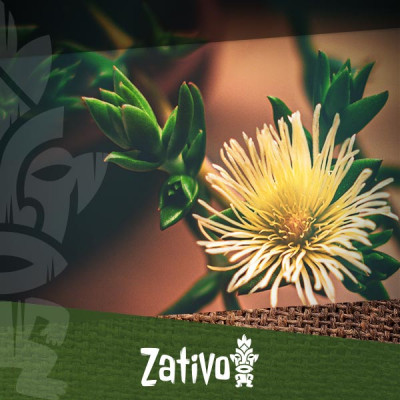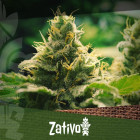Don't have an account?
Register NowYou have to add to cart at least 5 bottles or any program to make checkout.
- BlogHow To Take Kanna
How To Take Kanna
Published: June 9th, 2021
Categories:
Plants and Seeds
Sometimes, despite being in use for thousands of years, certain substances and practices take a long time to permeate Western culture. This is so with kanna, a herb from South Africa. Despite being used by indigenous peoples for its energising, relaxing, and mood-enhancing effects, and then taken to Europe for those same reasons, it is still little known.
Nonetheless, kanna is gaining popularity among psychonauts and those interested in all things psychoactive. Loved by many for its "clean" focus-enhancing powers, its diverse effects make it useful for all manner of situations. Available in different forms and ingested in different ways, kanna is the king of versatility. So, read on for a breakdown of the different methods of ingestion, dosing recommendations, and some information on kanna's history and usage throughout time.
What Is Kanna and Why Use It?
Kanna (Sceletium tortuosum) is a herbaceous succulent from South Africa. Used by indigenous groups for millennia, it was said to allow hunters to walk and run for long periods without feeling the negative effects of fatigue. Likewise, it was used by warriors returning from battle to ease the nerves. It is an incredibly resilient plant and capable of growing in very hot, dry conditions where most would fail.
Traditionally, kanna was fermented and dried. This process would be achieved by crushing it between stones and then allowing it to ferment in the sun. By doing this, the toxic levels of oxalic acid present in the raw plant would be broken down, making it easier to ingest. Not only this, but the psychoactive alkaloids would also become more bioavailable as a result of this process.
From here, it would most often be chewed. It was also inhaled or taken in the form of snuff too. Revered by several tribes as sacred, this plant and its multifaceted effects are even said to have been used to induce visions.
As the Dutch arrived, they too began to use it, and transported it back to Europe. They called it “kougoed”, which literally translates to “something to chew”.
How Does Kanna Work?
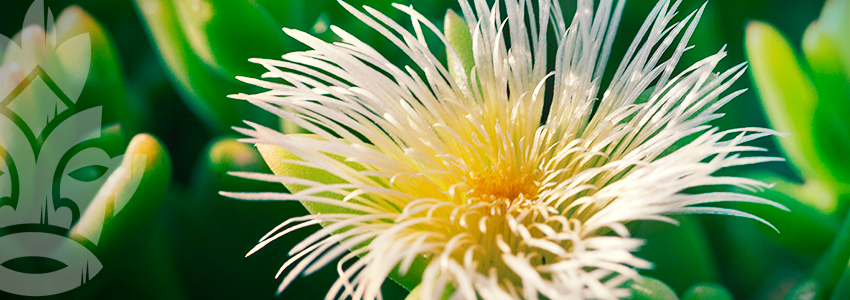
Mesembrine appears to be the main constituent at work in kanna, although there are other alkaloids present too, each of which have certain effects. Mesembrine works as a serotonin reuptake inhibitor, which, simply put, increases the amount of serotonin available to the brain.
Kanna also appears to have compounds that bind to CB1 receptors in the brain, which are the receptors that endocannabinoids and plant-derived cannabinoids like THC work on. This tallies with reports that kanna and cannabis taken together complement each other’s effects. Though, this is anecdotal, and combining different drugs should be approached with caution, especially ones that may compounds the effects of the other.
Different Methods To Take Kanna
There are several different ways to take kanna. As time has progressed, extracts have become a popular method of consumption, as these provide an easier way to take larger amounts.
That being said, many still opt to chew their kanna. Another more modern method is to make a kanna tea or tincture.
The dried plant material speaks for itself, and can be ingested via all of the above methods.
Kanna extract is very strong, and it can be vaped or turned into a tincture to be taken sublingually. With kanna extract, you can dose small and experience the traditional effects—slight elevation, clear-headedness, and enhanced focus—or take more and get something more comparable to a high. As always, start small and build up.
Chewing Kanna

This is, at least across time, the most common method of kanna ingestion. While this may be disgusting and difficult with kanna extract powder, it is one of the best ways to take the dried leaves.
Traditionally, the leaves are simply chewed for a period of time and the saliva is swallowed. Eventually, the leaves are spat out (never swallowed) and saved to be used again at a later date. Whether you want to do this is up to you. If you want to improve the flavour, it can be mixed with something like chewing gum.
About 50–150mg is chewed for a mild high. This is best if you are simply after a little enhancement and added focus. If you want something a little more recognisable as a “high”, then chewing around a gram can provide this. Reports on whether strong effects from kanna are actually pleasant vary, so go steady.
Vaping Kanna
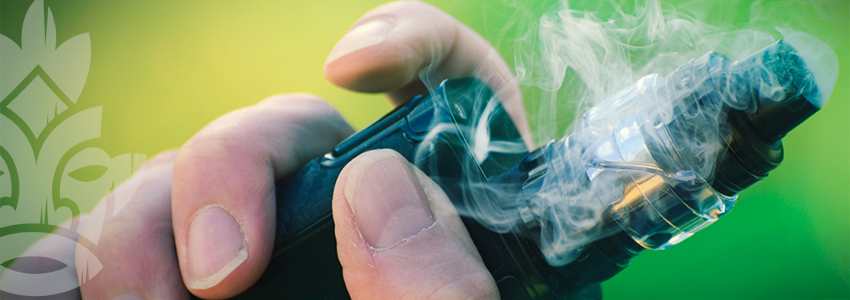
Kanna extract can be vaped for easy ingestion. However, this is potentially much stronger than chewing the leaf. Therefore, be sure to note what strength your extract is before you vape away.
For many, vaping is one of the best ways to consume kanna. Not only does it feel clean, but for those who associate vaping and smoking with getting high, the added placebo gives it an extra little boost.
Snorting Kanna
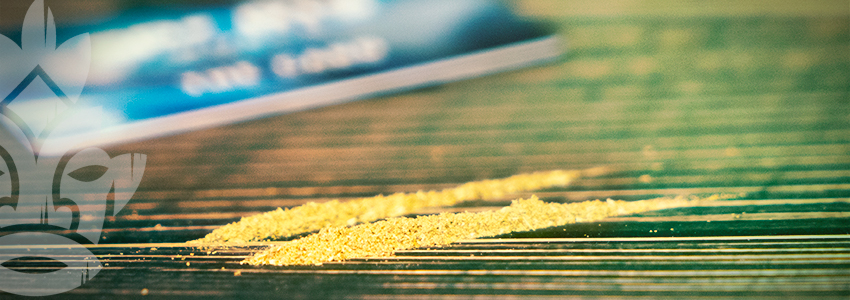
Ground kanna leaf can be insufflated. This is perhaps the strongest way to take kanna leaf. Reported to have rapid onset and stimulating effects, this is a good option for those who want to experience the high that kanna may have to offer.
Drinking Kanna Tea
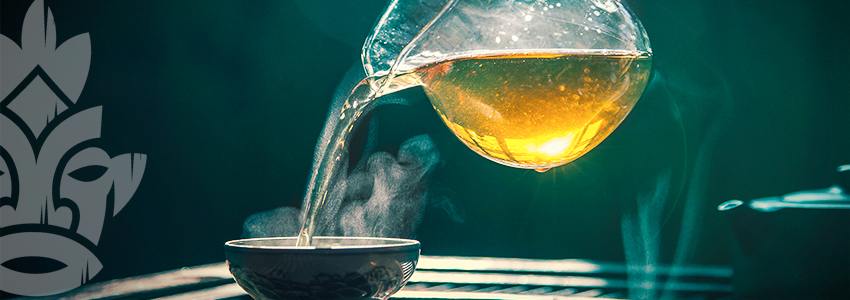
Kanna tea is considered one of the most relaxing ways to take kanna. One of the reasons for kanna’s popularity is its immense versatility in terms of effects. Depending on dose and method of ingestion, effects can range from mild stimulation through to relaxation and sleepiness. Kanna tea is a good example of kanna as a soothing, relaxing substance.
Simple to make, the herb is infused into water. As with many drugs and types of tea, boiling water will damage the alkaloids in kanna, negating its effects. Therefore, it is important to only bring the water to a slight simmer. By doing this, you protect the psychoactive properties of kanna.
Though effects will vary between individuals, a good dosing guide is as follows:
- 200mg for mild effects
- 400mg for moderate effects
- 800mg+ for strong effects
Once you become used to the effects of kanna, you can, of course, experiment how you see fit. The effects should take between 1 and 1.5 hours to kick in, and last between 4 and 5 hours. Kanna tea is best drunk on an empty stomach.
Sublingual Use of Kanna
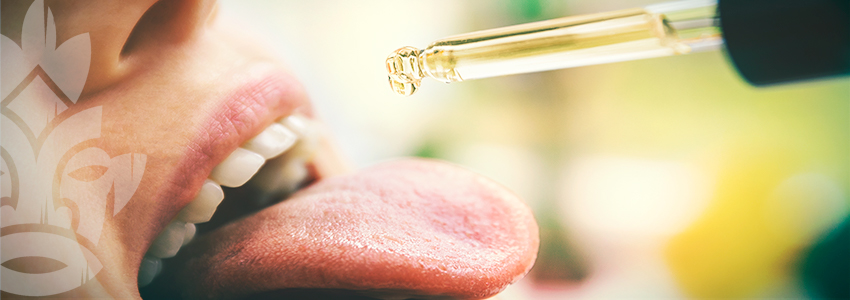
Taken sublingually, kanna enters the bloodstream almost directly via the mucous membrane under the tongue and inside the cheek. In terms of effects, this is similar to chewing it; except, it bypasses the liver (which tends to weaken the effects of drugs), resulting in a faster onset and potentially stronger effects.
As the plant matter or extract sits under the tongue, saliva will draw out the alkaloids present and these will be absorbed through your oral mucosa. When dosing for sublingual use, approach it similarly as you would with chewing:
- 50–100mg for mild effects
- 200–400mg for moderate effects
- 800mg+ for very strong effects
Again, these doses are just a guideline and should be taken as such. There are no (known) cases of kanna overdose, and thus it is likely that the worst thing that could happen would be uncomfortable side effects, such as an upset stomach. Nevertheless, we would advise caution to anyone looking to take more than a gram.
Consuming Kanna as a Tincture
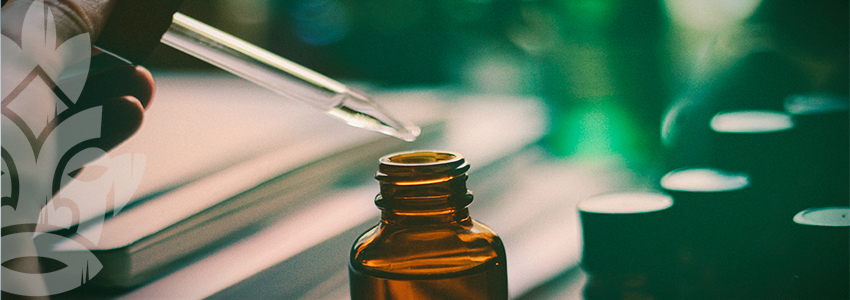
Kanna tinctures come in a variety of formats. These extractions may be full-spectrum, or they may isolate individual alkaloids and leave out others. So do some research into the particular tincture you intend to take to get a sense of what it may do.
The most important alkaloids in kanna are thought to be mesembrine, mesembrenone, and mesembrenol.
The first of these, mesembrine, is a serotonin reuptake inhibitor. This means it makes the brain less able to break down serotonin, so more of it remains in your system. It is assumed that this alkaloid bears most of the responsibility for the psychoactive potential of kanna.
Indeed, the strongest and most stimulating kanna tinctures are those that contain the highest concentrations of mesembrine. Snorted or smoked, these potent extracts can cause powerful highs, much stronger than those available from chewing the raw plant.
Mesembrenone, on the other hand, is attributed to the relaxing effects associated with kanna. This is considered to be more mellow and chill than mesembrine extracts. But, it must be taken in lower doses, as too much of it is liable to cause an upset stomach.
It’s clear that there are many ways to take kanna, and, depending on how you do so, many different effects to be experienced. If you’re still confused, follow the ancients and buy yourself some leaf and chew it. Then, once you’ve tried that, you’ll have a better idea of how to proceed.

